For a very long time, owning a home has represented security and prosperity. A house of one’s own, a yard for the kids, or even a white picket fence is the main objective for many. But it’s beginning to feel more like a daydream for a lot of people these days. Homeownership is becoming increasingly unaffordable for the ordinary person due to its skyrocketing cost. Let’s explore 18 startling explanations for why owning a property might never be affordable.
Real Estate Prices Exploding
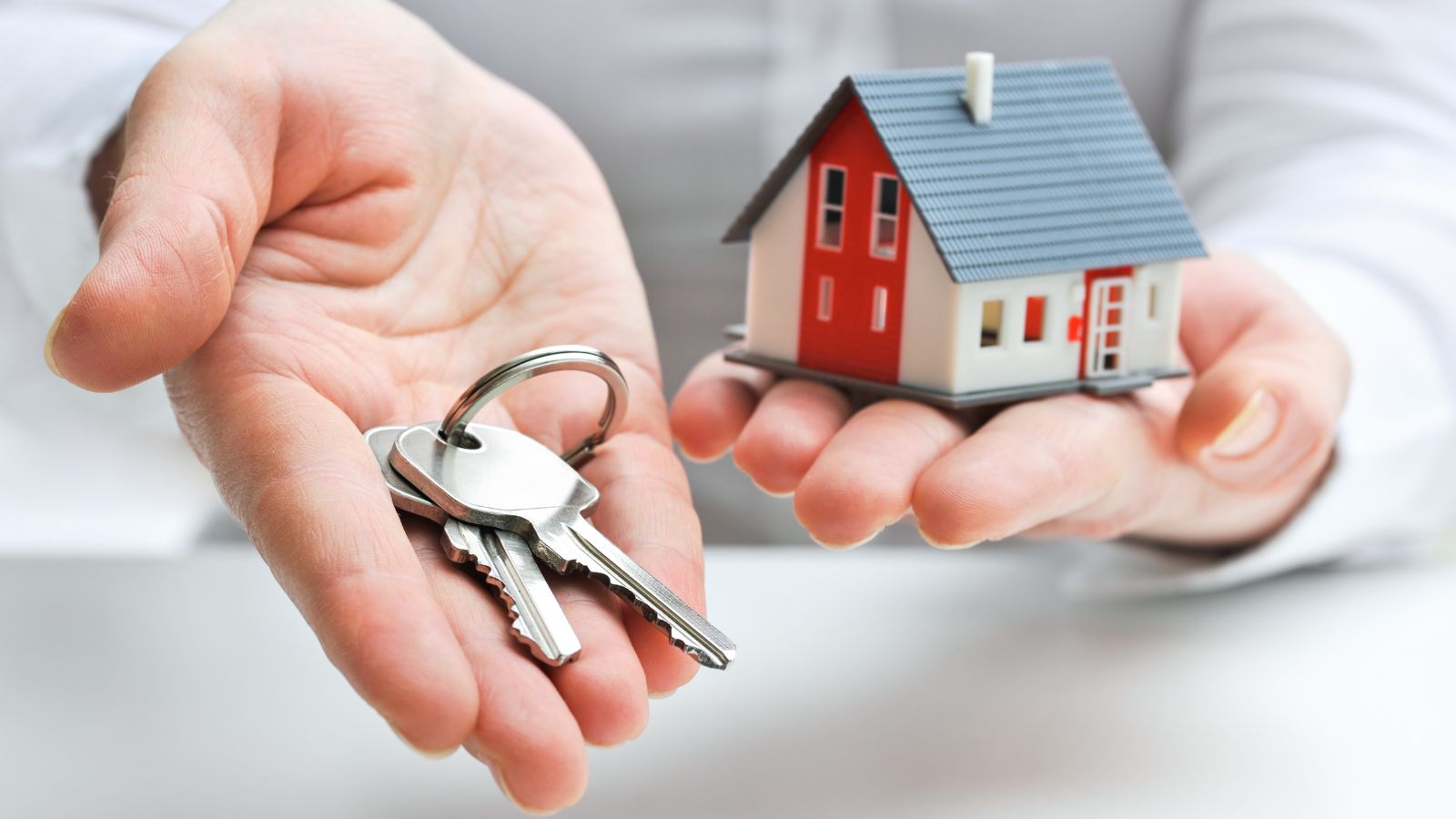
Over the past ten years, home prices have skyrocketed in numerous cities. The costs have become unaffordable for numerous first-time purchasers, ultimately compelling them to reevaluate becoming homeowners. Even those trying to relocate or downsize are having difficulty. Fewer affordable options are accessible in popular cities since costly properties have taken over the housing market.
The Housing Supply Shortage
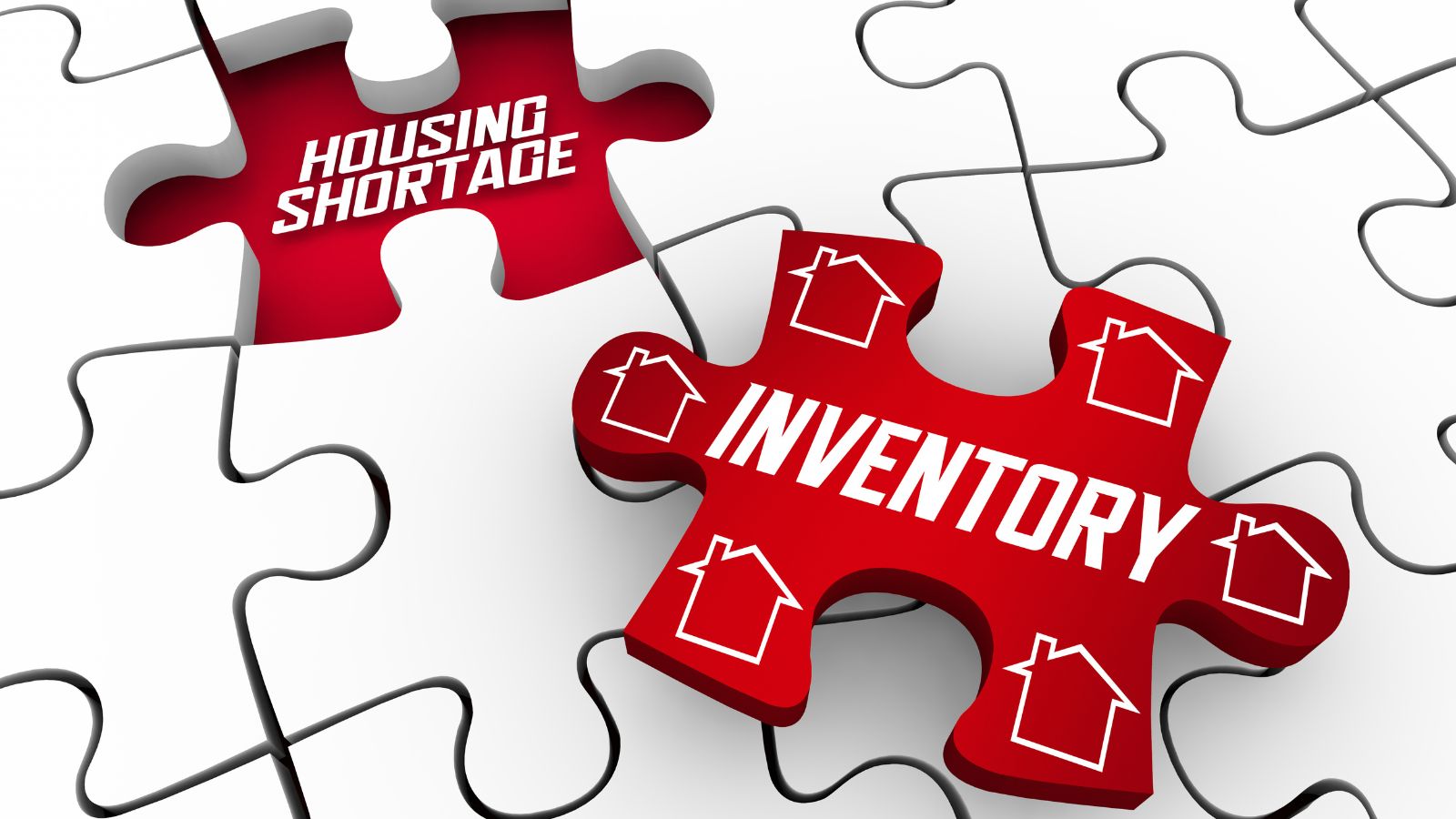
The current rate of construction cannot meet the demand for housing. Construction has not kept up with demand for many years, particularly for affordable housing. To maximize earnings, developers frequently concentrate on luxury residences. Zoning laws restrict the building of inexpensive dwellings in many areas. Because there isn’t enough supply, prices are high, and prospective homeowners are leaving the market.
High Rates
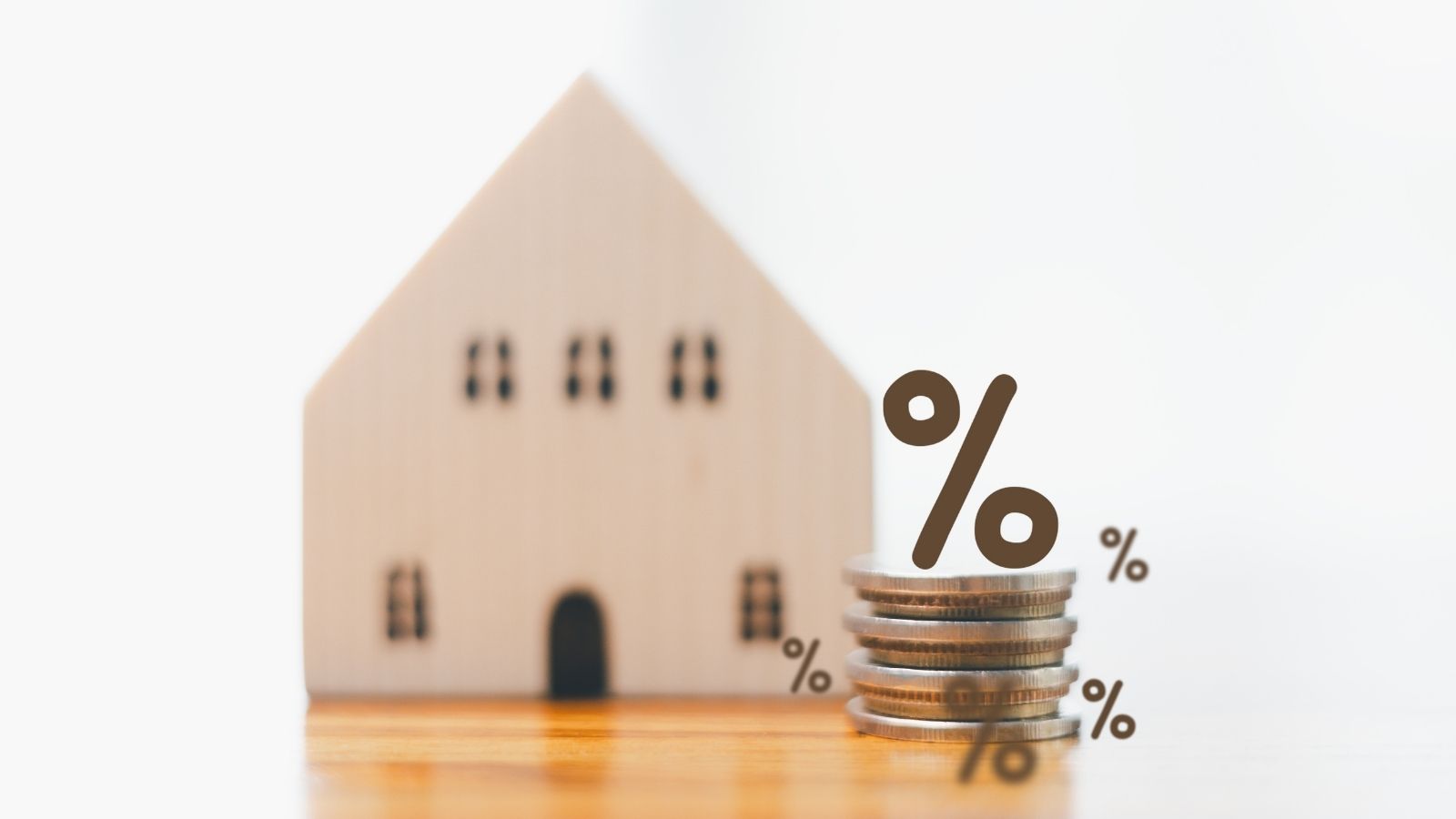
All prices have increased due to inflation, and housing is no different. The increased cost of building materials, such as steel and lumber, drives up the cost of construction. Homes become more expensive as a result of buyers bearing the additional costs. The consequences of inflation go beyond property; they also affect daily costs, which puts additional pressure on the finances of prospective purchasers.
The Rate of Mortgages Is Rising
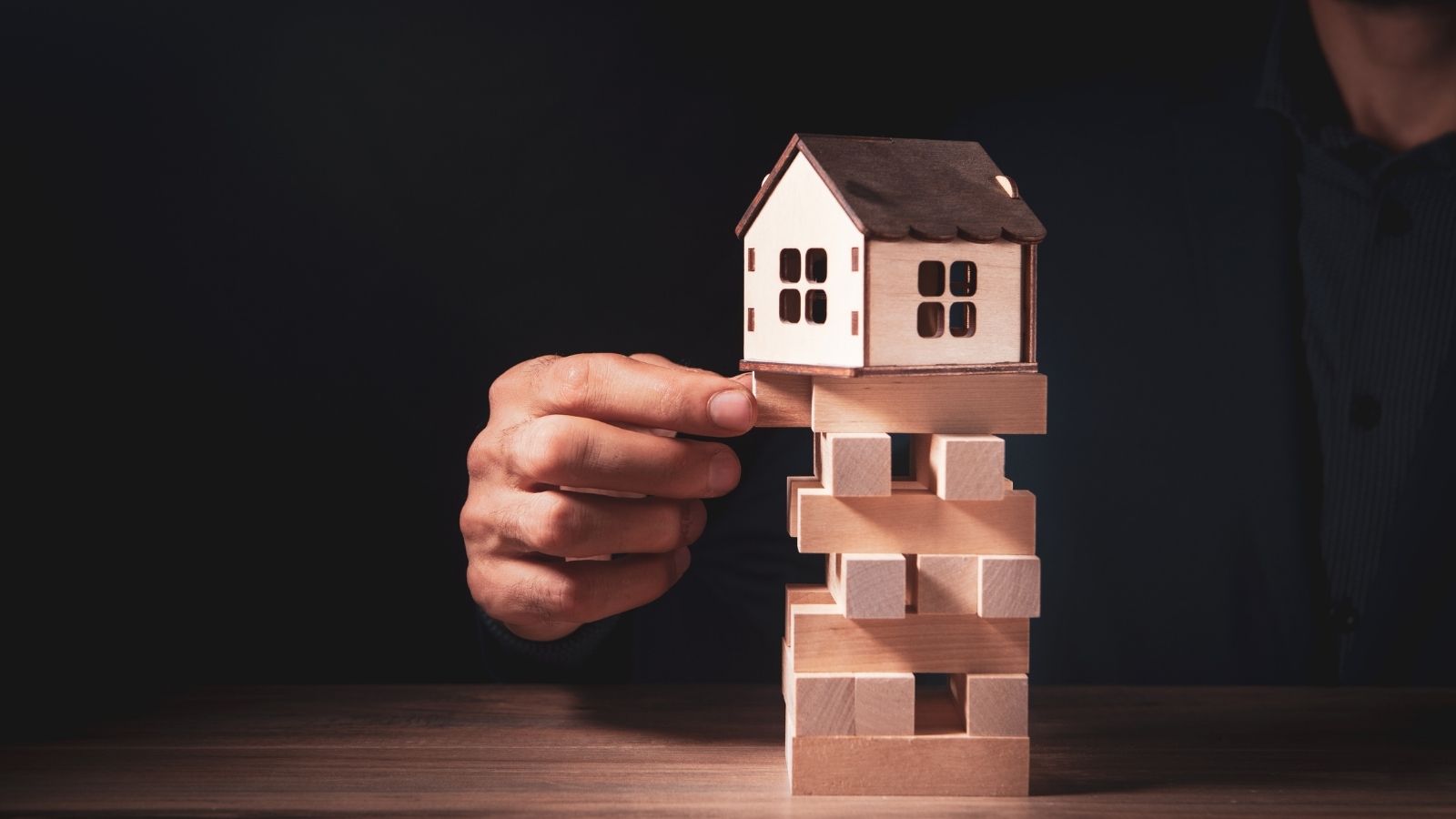
Interest rates are rising now that mortgage rates have been historically low for years. Higher rates equate to more outstanding monthly payments, which raises borrowing money costs. Budgets are squeezed when a tiny increase adds hundreds of dollars to a monthly mortgage payment. Fewer people are able to afford the homes they’ve had their eye on due to rising mortgage rates.
The Pay Gap
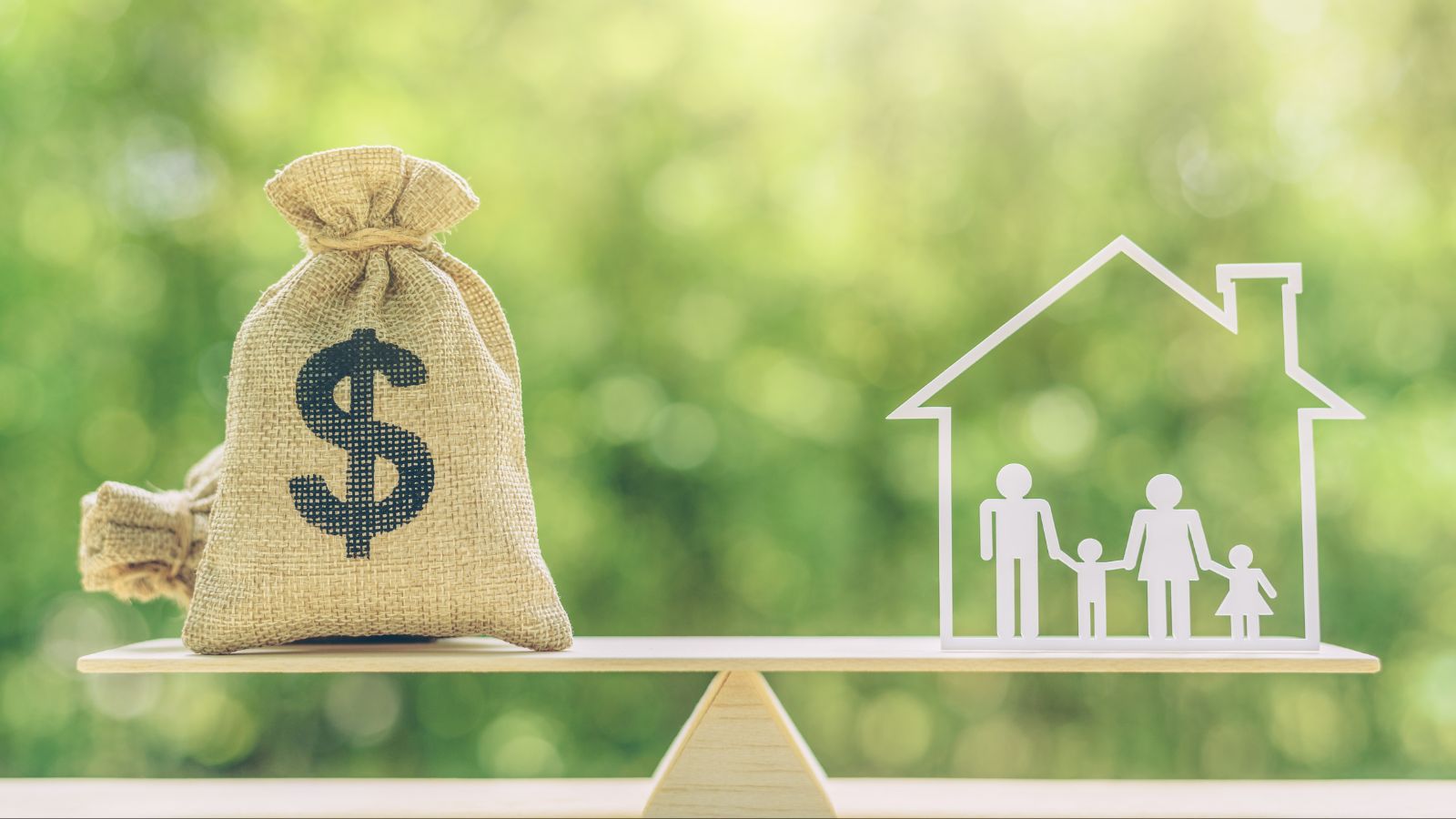
While living expenses and property prices are skyrocketing, many industries have seen little income growth. The growing disparity between housing costs and income makes saving for down payments more challenging. An increasing number of prospective homeowners find homeownership unaffordable due to stagnant wages and growing expenditures. Despite their increased efforts, people are still not getting rich.
Rent Costs are Eating Up Savings.
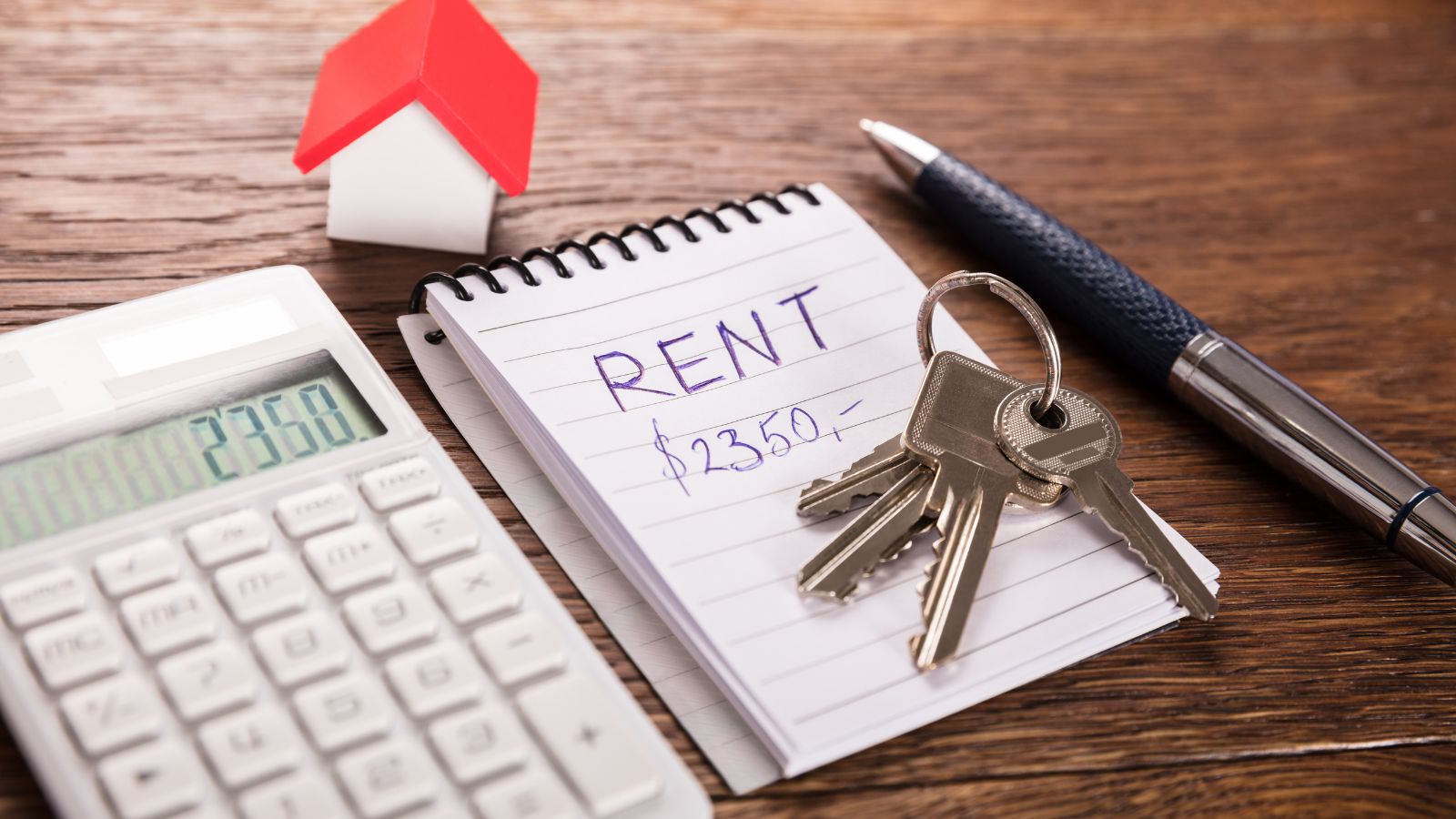
Additionally, rent has increased dramatically, eating away a sizable chunk of people’s income. There is not much room left to save for a down payment on a house. It is much more challenging to succeed in some places where the cost of renting is comparable to or more than mortgage payments. Many people postpone their goal of becoming homeowners because of the rental trap.
Student Loans Are Crippling Buyers

Due to massive student loan debt, many people find it impossible to finance a home. Student debt may impact credit scores, and monthly loan payments diminish the ability to save. Prospective homeowners who are heavily indebted frequently have trouble getting mortgages. The debt load has made becoming a homeowner more unattainable for younger generations.
Millennials and Generation Z are Growing Expensive

It’s becoming more difficult for younger generations to purchase homes. Gen Z and millennials are particularly challenged in finding homes because of exorbitant debt, stagnant wages, and excessive housing costs. Compared to other generations, millennials own homes at substantially lower rates. This pattern might persist if significant changes in the housing market don’t happen.
Investors and Cash Buyers Are Taking Over

Regular buyers are losing out to large speculators and cash buyers who are buying up properties. Ordinary purchasers find it difficult to compete with these buyers because they can frequently make offers without any financing requirements. There are fewer options for average buyers as long as investors control the market.
Foreign investors are driving prices up.

Foreign investors are purchasing real estate in cities worldwide to store their money, which frequently drives up prices even further. As a result, local purchasers find it more difficult to afford homes in their own neighborhoods. This pattern is especially noticeable in big international cities like New York and London. Housing affordability will be a problem as long as foreign investment persists.
Building Expenses Are Rising

The price of building a new home has increased significantly. Disruptions to the supply chain, increased material costs, and labor shortages have all played a part. Homes become more expensive due to builders passing these higher expenses to purchasers. Affordable new homes are becoming increasingly harder to find as building costs keep rising.
The Ridiculous Cost of Land

Particularly in places with high population densities, land prices have increased. Developers frequently purchase land at premium prices, raising the cost of completed homes. Many people may be unable to afford homeownership in high-demand areas due to land costs. It is more difficult to afford a home in a more sought-after area.
Local Fees and Taxes Stack Up
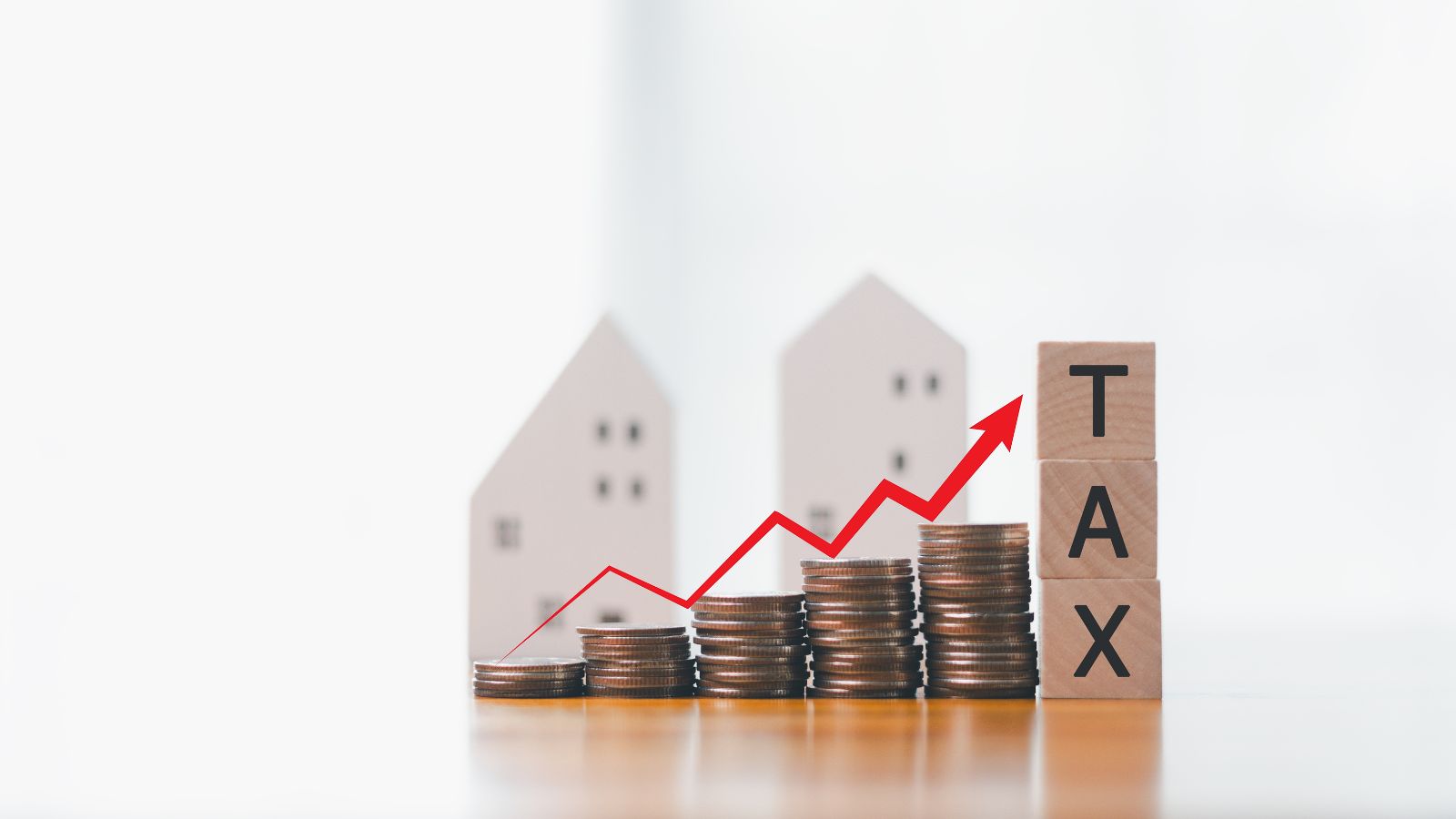
Hidden expenses associated with homeownership include local and property taxes. Due to these costs, the annual cost of home ownership might increase by thousands of dollars. High real estate taxes in some places deter prospective buyers. The expense of homeownership is additionally raised by homeowners’ association dues and local ordinances.
The Unreported Maintenance Expense

Homeownership costs don’t stop with the initial purchase—upkeep expenses may increase rapidly. Regular maintenance, upgrades, and repairs frequently incur unforeseen costs. The expenditures for older properties, particularly roofing and plumbing systems, can be much higher. Being a homeowner can seem like an eternal financial burden because of these constant costs.
Uncertainty in the Economy

Many people are reluctant to make long-term financial commitments like purchasing a home since the labor market and economic instability are rising. People are more hesitant to make such a significant purchase when their futures are uncertain. Particularly for individuals working in sectors susceptible to layoffs or shifts in the economy, this is accurate.
Zoning Regulations Prevent Affordable Housing
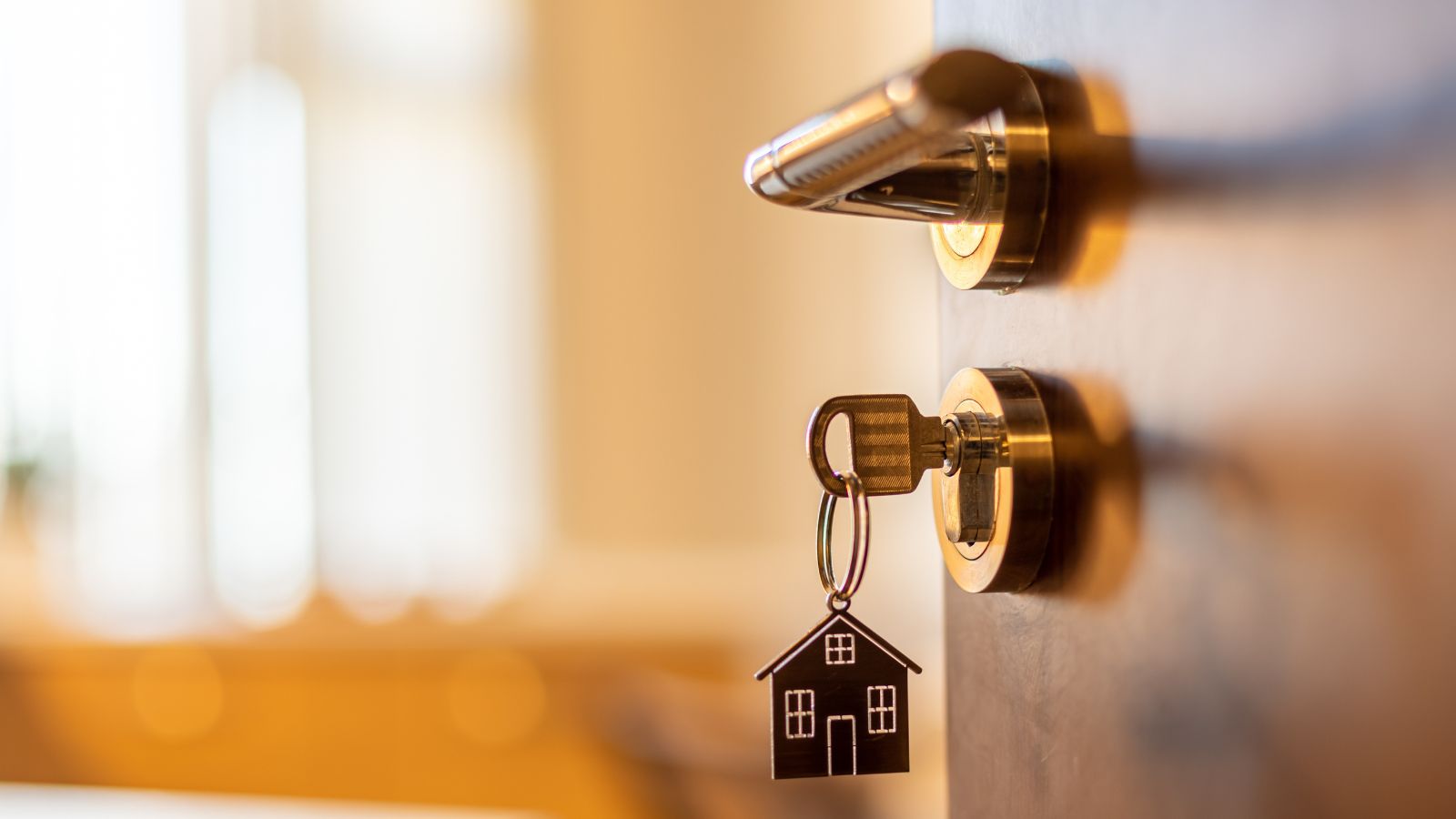
Strict zoning regulations frequently hinder the construction of affordable housing by favoring single-family dwellings over multi-family buildings. These laws keep property prices high by preventing the development of more reasonably priced housing options. Many more inexpensive homes won’t be available in many locations unless zoning laws are altered.
The Effect of Climate Change on Housing Prices

Climate change is causing natural catastrophes to occur more frequently and with greater severity. As a result, insurance costs are increasing in storm-, fire-, and flood-prone locations. Furthermore, rebuilding following disasters can be expensive, adding to the expenses incurred by homeowners. Living in some locations is becoming more costly due to concerns associated with climate change.
The Wealth Disparity Is Widening

There’s a growing divide between the affluent and the rest of society, particularly noticeable in the housing market. More prosperous purchasers can afford to acquire several properties, which raises the cost of others. It is becoming more difficult for people with lower wages to save for a house. Many people feel that homeownership is unattainable due to the rising disparity.
Conclusion
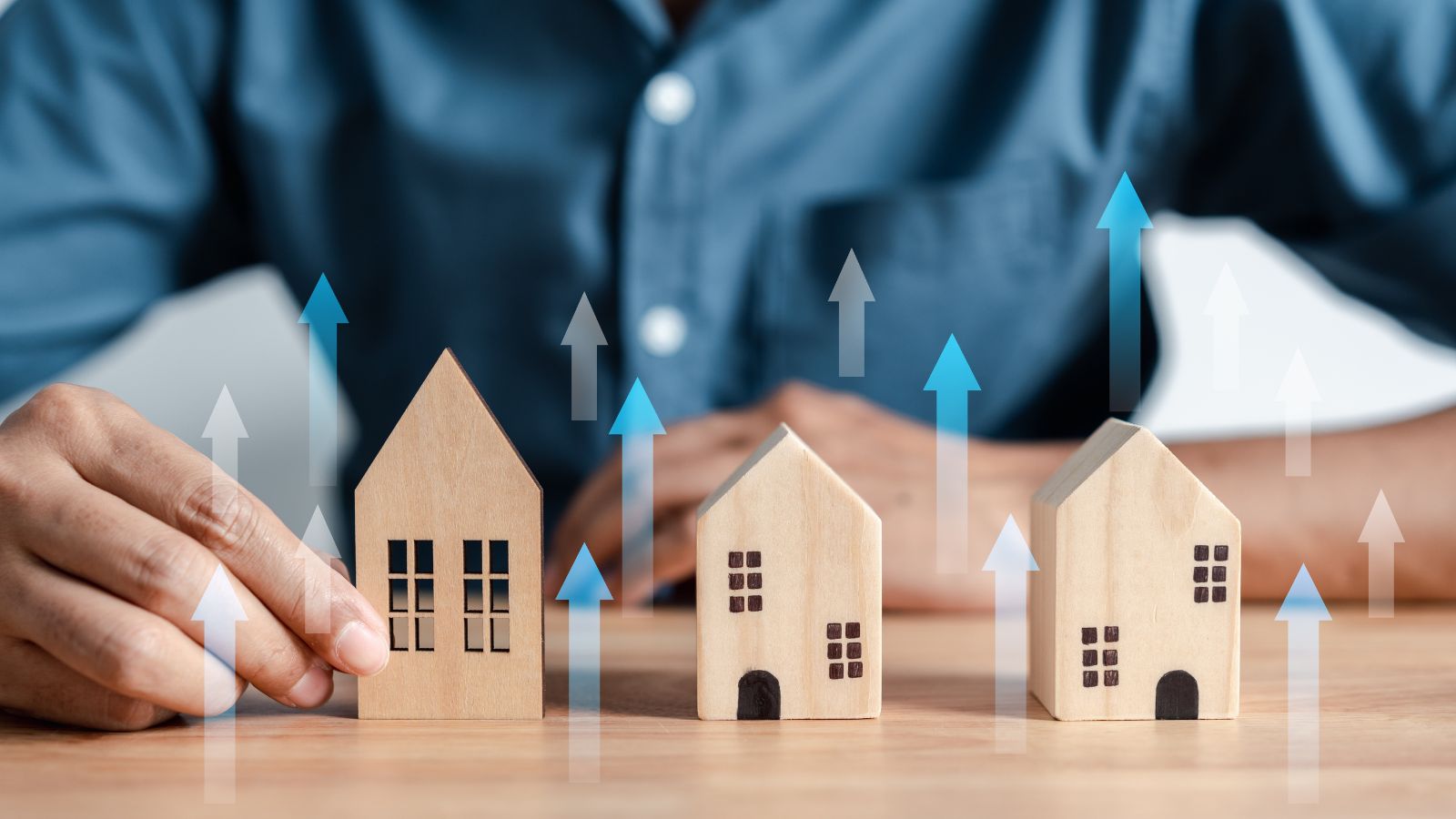
Many people’s dreams of becoming homeowners have faded as housing costs rise and salaries remain stagnant. Owning a home may seem like an unreachable dream with all the obstacles. Future generations might be unable to afford what was once considered a rite of passage if no notable adjustments are made to the property market.
18 Reasons Why People Are Leaving Florida in Masses

Exploring factors that impact the desirability of living in Florida, this list delves into various challenges shaping residents’ experiences. From environmental concerns like rising sea levels to economic factors such as fluctuating job markets, these issues collectively contribute to a nuanced understanding of the state’s appeal.
18 Reasons Why People Are Leaving Florida in Masses
